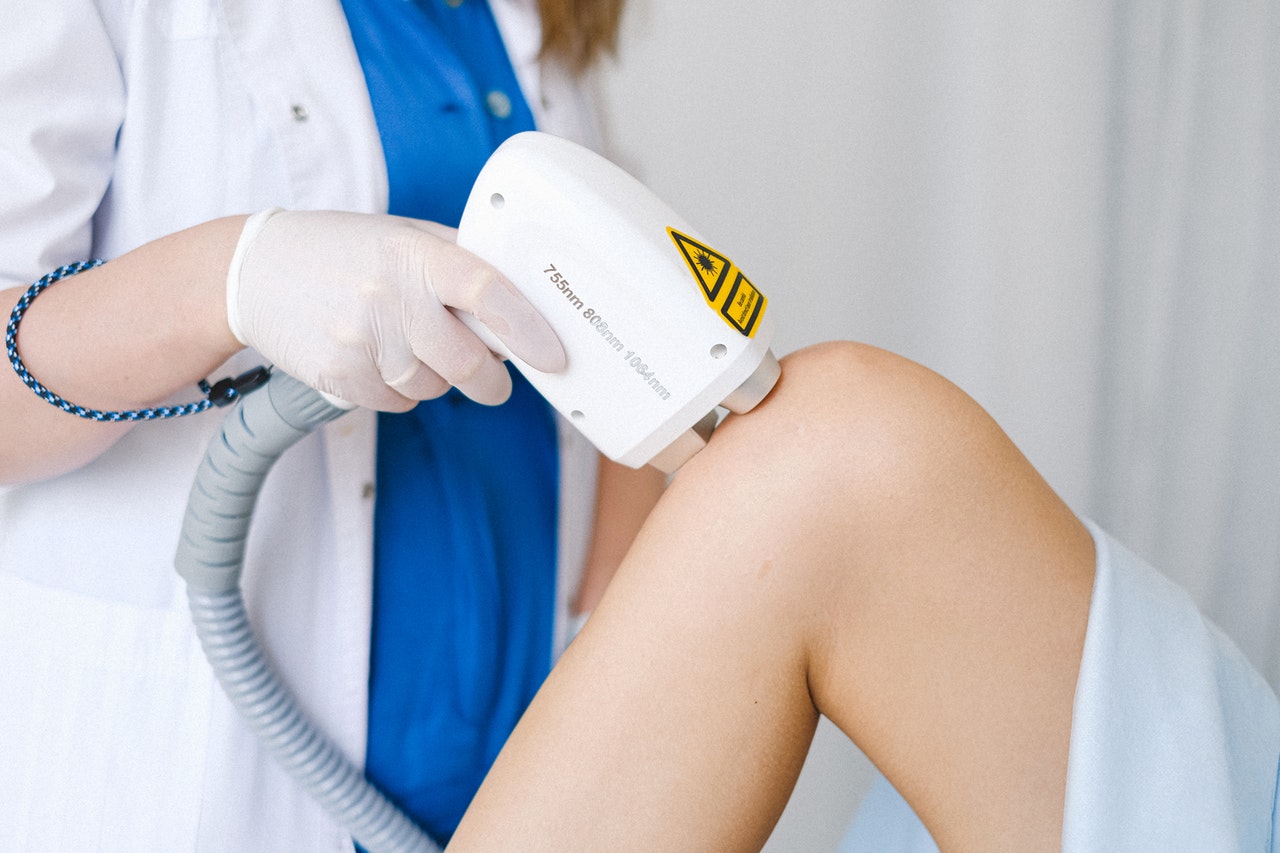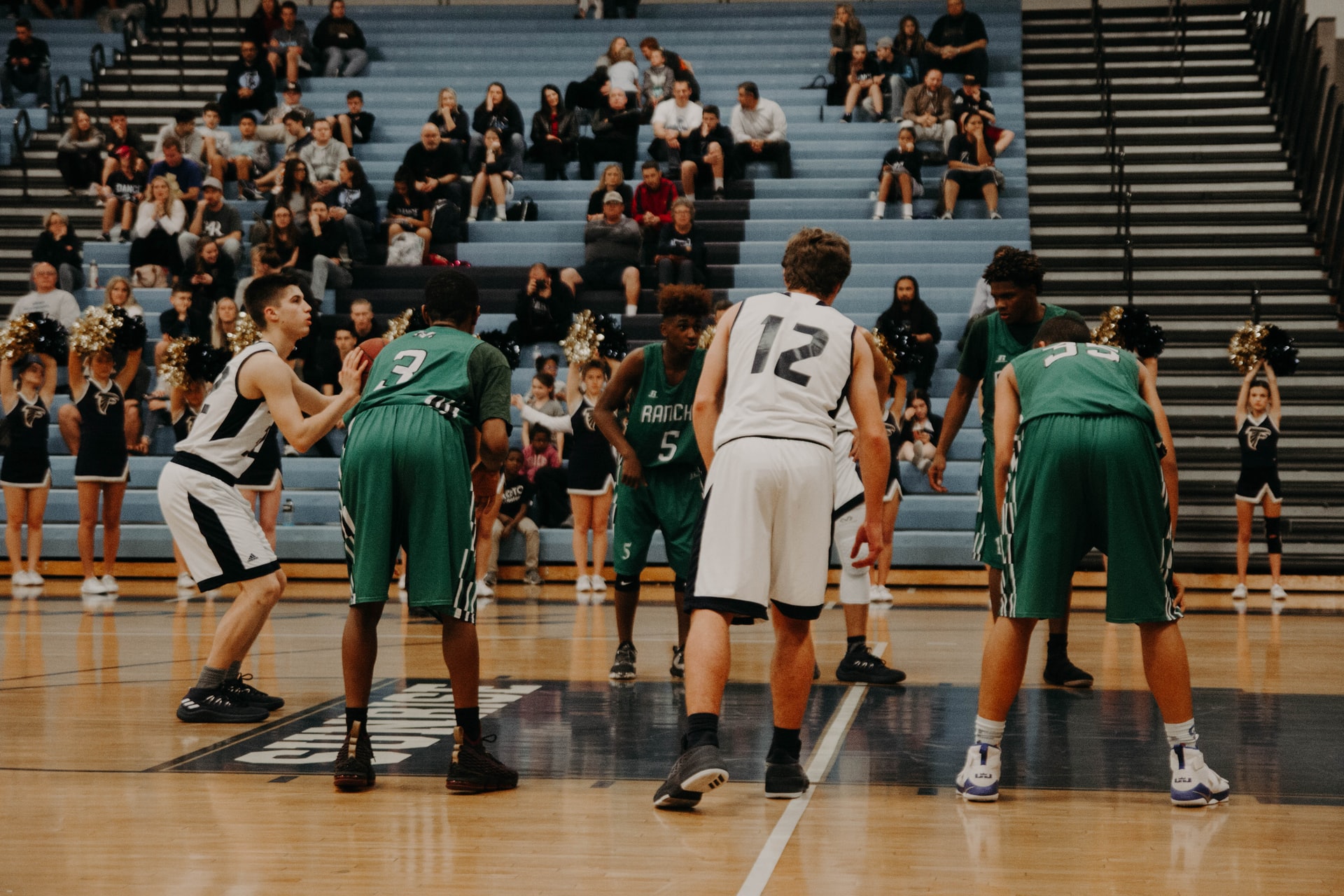Maybe you participate in sports and other activities regularly. Or maybe you’re a “weekend warrior.” Either way, sports injuries can be the painful and unpleasant side effects of participating in sporting activities. Injuries include muscle and tendon strains and tears, joint dislocations, fractured bones, and head injuries. About 50% of all injuries occur in the lower extremities with the knees being especially susceptible to injuries. The pain is real and can take a long time to heal, disrupting normal day-to-day life and interfering with participation in physical and sporting activities.
Over the years, there have been a number of approaches used to reduce the pain of sport injuries and to help players return to their normal daily routines. A new therapeutic approach to treating sport injuries is a technique called Low-Level Laser Therapy (LLLT).
LLLT is the application of light, usually a low powered laser or light with a wavelength in the red to near-infrared region of the spectrum that is used because these wavelengths have the ability to penetrate skin and tissues. It is applied to an injury or to a painful site for 30–60 seconds a few times a week for several weeks. The result is a reduction of inflammation, pain relief, and accelerated tissue regeneration. While the exact biochemical mechanism is as of yet unknown, it is thought that the laser light triggers biochemical changes within cells, possibly releasing endorphins at the site of the pain.

LLLT devices such as LaserTRX, BULLKEYS, and BCure are now available for purchase without a prescription. They are small, mobile, and easy to use. One simply puts the device at the point of the pain and presses the button. The laser is activated and a countdown timer initiated to ensure the proper dosage is delivered. Some devices, such as BCure, also have a flexible stand that allows hands-free usage of the device, further simplifying the treatment.
Many athletes have come to rely on this type of treatment. Football players, for example, place severe pressures on their bodies and, as they age, often end up with a variety of sports-induced aches and pains derived from years of injuries and full contact games. The use of these devices helps them manage the chronic pain associated with these injuries and allows them to resume normal activities. They describe an increased range of motion, diminished tension in various muscle groups, and reduced pain. In many cases, the pain was alleviated altogether for a number of days. For active people and athletes, this can be a real gamechanger.

The compact size of these devices allows them to be used anywhere and free the patients from frequent visits to the doctor’s office. It is completely safe, and the low intensity of the laser is such that it cannot damage the skin or the eyes. The devices offer an important new option to those suffering sport-related injuries. It empowers them to heal themselves and provides them with a useful instrument they can use whenever the need arises–be it for serious injury or the more mundane aches and pains that accompany us as we age.
Many questions remain regarding the effectiveness of the LLLT method. The specific physiological basis of the pain relief due to exposure to laser light is unknown. Clearly, more studies on this issue are needed.
References